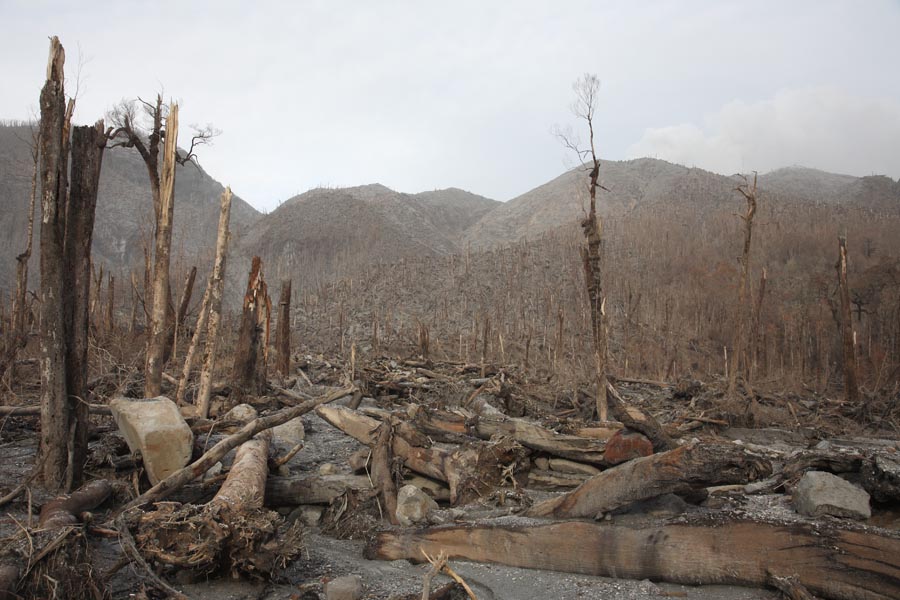
So, August rolls in and who would have thought in early May we'd still be talking about the Chaiten eruption with such intensity. Jorge Munoz of the SERNAGEOMIN is wondering whether the current eruptive activity and seismicity at Chaiten is a precursor to the end of the "first cycle" (as he calls it) of activity that started in May or that this is all leading up to another major explosive eruption (the "plugged volcano" scenario). The most puzzling part of the current activity is the high amount of seismicity: 105 earthquakes over the last few days, some of them up to magnitude 4. The question becomes: is this magma moving, or volatiles collecting under a "cap" in the volcano's conduit/plumbing system (or, well, both)? If it is magma moving, we might be seeing the system getting a new input of magma to feed the ongoing, almost continuous ash eruptions. If it is pressure building, then we might be seeing the prelude to another large explosion that could (I repeat could) take out the new dome entirely.
We really don't have a good idea of the timescales of these giant rhyolitic eruptions, i.e., how long between the initial eruption and a potential cataclysm event like a caldera collapse. The reference points we do have - Krakatau (although not rhyolite) or Katmai, Alaska - suggest that it can take only a matter of days. However, there is also evidence, such as at Santorini in the Aegean Sea, that the initial eruptions/activity could be years before the "big one". Chaiten might be taking the middle road - or it just might be setting itself up to eruption away for months without ratcheting up to a caldera-forming event.
While we're on the subject of Chaiten, I wanted to mention a great set of pictures from the area around the eruption on Photovolcanica (thank you to Richard Roscoe). There are some real stunners (see below) of the havoc wreaked by the ash fall, flooding, lahars and pyroclastic flows, along with the state of Chaiten and the towns neighboring the volcano. It is well worth it if you want to see what the region around the volcano has gone through over the last few months.

- Log in to post comments
No doubt, the Flip Ultra HD wins by a mile. Got one myself and am VERY happy so far..